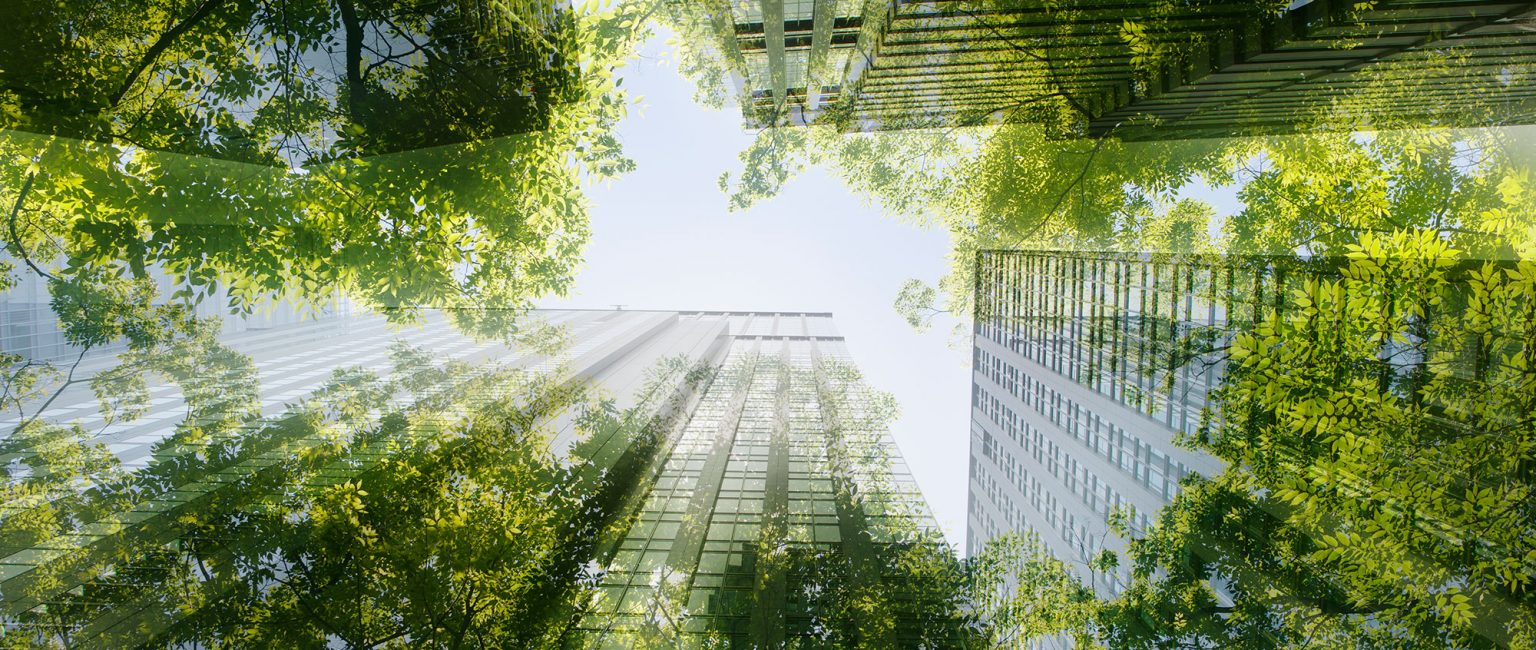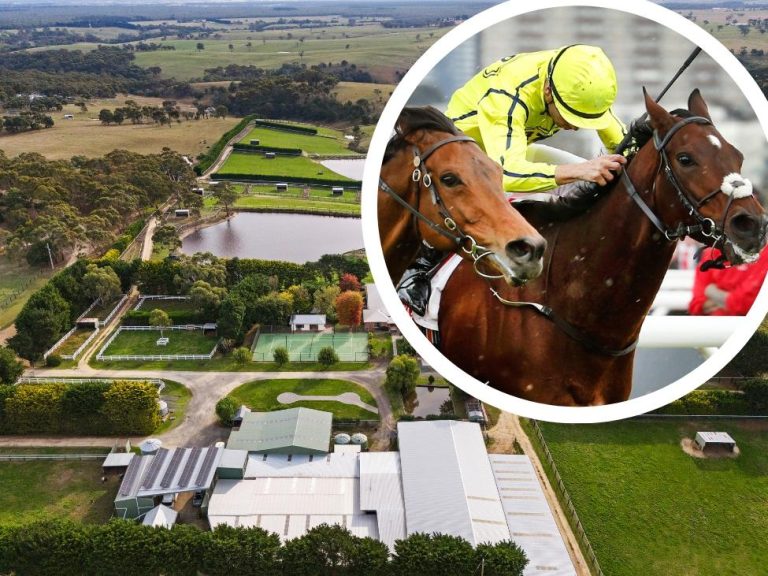Go Green: the new way forward for commercial property

Green finance in Australia’s commercial property sector accounts for just 3% of debt, with a new report revealing there is a multi-billion potential for green financing amid corporates’ endeavours to reach 2030 emission targets.
The CBRE Green Finance Report has estimated that up to $15 billion of the circa $75 billion in debt refinanced annually in Australia could be linked to energy efficient assets.
“While green loans currently account for just $10 billion of Australia’s commercial real estate debt, refinancing presents significant opportunities given the country’s high volume of NABERS rated property stock,” CBRE Asia Pacific head of environmental, social and governance (ESG) research Sameer Chopra said.
“In 2021, green bonds accounted for 16% of the capital raised by US real estate firms. So, if we were to match those levels in Australia this would provide an opportunity for $10 billion to $15 billion of green refinancing.”
Mr Chopra said there was also a smaller but arguably more climate relevant opportunity to fund new investments, tapping into the combined $205 billion green finance commitments made by Australia’s ‘big four’ banks.
The office sector amounted to half of green finance transactions in Australia, followed by the industrial and retail sectors at approximately 18%-19% each.
A further $500 million to $600 million in debt could be applied annually to renovating or retrofitting commercial real estate to promote energy efficiency, with particularly prevalent opportunities in the industrial sector, the report found.
CBRE Pacific managing director of debt and structured finance Andrew McCasker said investor willingness to pay a premium for green bonds, which had typically commanded higher prices and lower yields, had been a key market driver.
A shift towards socially conscious investment strategies has also influenced investor demand.
“Environmental, social and governance considerations are playing an increasing role in property decision making, with shareholder pressure and competition by domestic fund managers to attract and retain mandates from international investors driving a heightened focus on green loans,” he said.
“A desire to future-proof investment portfolios and develop reputation and competitive advantage through ESG initiatives is also underpinning rising interest in green finance.”
Financing the future-proofing assets will become more important to investors over time, as it can have an impact on the overall value of a building. Green-rated office buildings in Melbourne and Sydney are selling for an 18% premium, while in London the figure is 10% more, according to Knight Frank data.
Sydney and Melbourne office buildings with a NABERS Energy rating of up to 4.5 stars benefit from an 8% premium on sales price compared to unrated buildings, while those with very high ratings of 5, 5.5 or 6 stars attract an 18% premium, the company’s 2021 Active Capital report found.
Why are green loans popular?
ING Australia head of real estate finance Darren Beatty said green loans allowed a company to showcase to a wider group of stakeholders, and specifically its financial stakeholders, that it took sustainability seriously and sought to align its sustainability strategy with its financial strategy.
“While we are currently seeing a growing demand for green bonds/loans, this market is ultimately limited by the number of green assets/activities so we expect the sustainability linked loan/bond market to grow faster,” he said.
PropTrack economist Anne Flaherty said there was a growing amount of capital especially seeking to invest in green initiatives.
“So, even if you look at superannuation funds, for example, you have got all of these ethical super funds that are accumulating billions and billions of dollars that need to be invested and so that’s actually supporting the demand for green investment,” she said.
Companies leading the way
Brookfield, Frasers Property, Lendlease, Mirvac and Stockland were among the Australian firms to have completed green finance transactions.
Frasers Property Australia chief financial officer Anita Hoskins said as of June, the proportion of total green corporate facilities for Frasers Property’s Australia platform was an industry-leading 86%.

Green finance can fund projects like the Central Place Sydney development that Frasers Property Australia and Dexus are currently working on. When completed, the development will have a 5.5 NABERS energy rating and a 4 star NABERS water rating. Picture: Supplied by Frasers Property Australia
Last month, Frasers Property Australia secured a new combined $600 million Sustainability-Linked Term Loan and Revolving Credit Facility, which was the fourth green loan secured by the Group’s Australian platform since Frasers Property Australia secured its first green loan in March 2019.
At the time, this was the first corporate syndicated green loan in Australia.
Ms Hoskins said while there were major benefits of green loans to borrowers, there were also advantages to lenders which make sustainable finance available to businesses involved in projects and practices that deliver sustainable outcomes.
“It provides opportunities for lenders to create long-term alignments with organisations with robust sustainability platforms – organisations best-positioned to succeed in today’s sustainability-aware operating environment,” she said.







